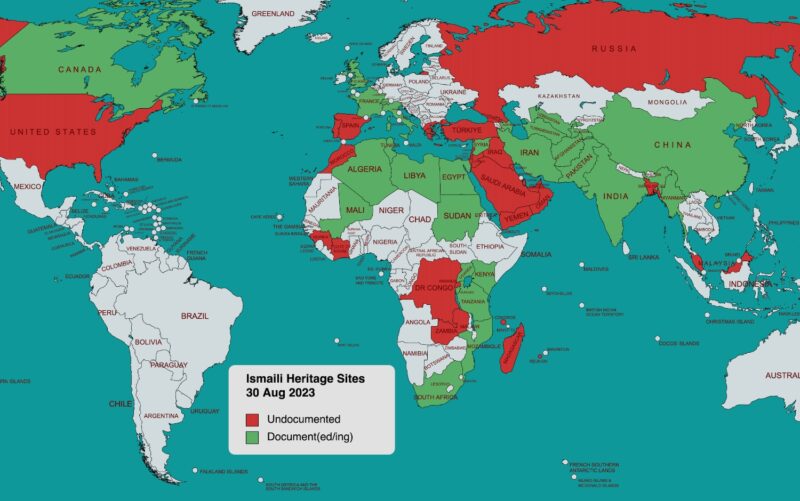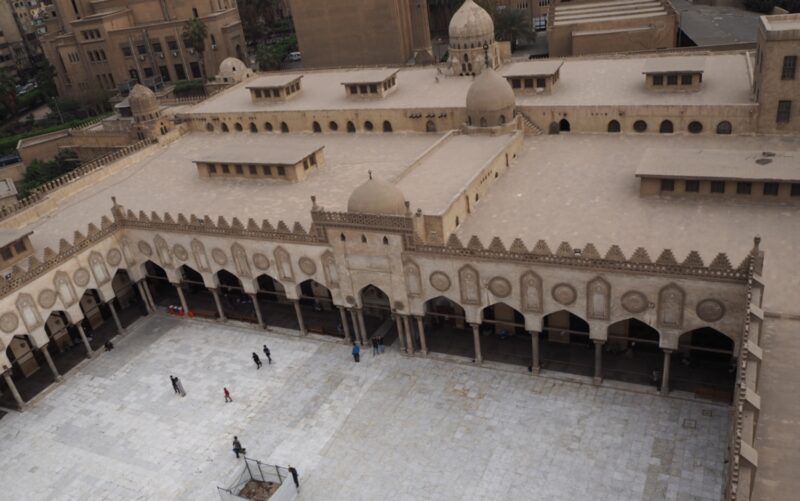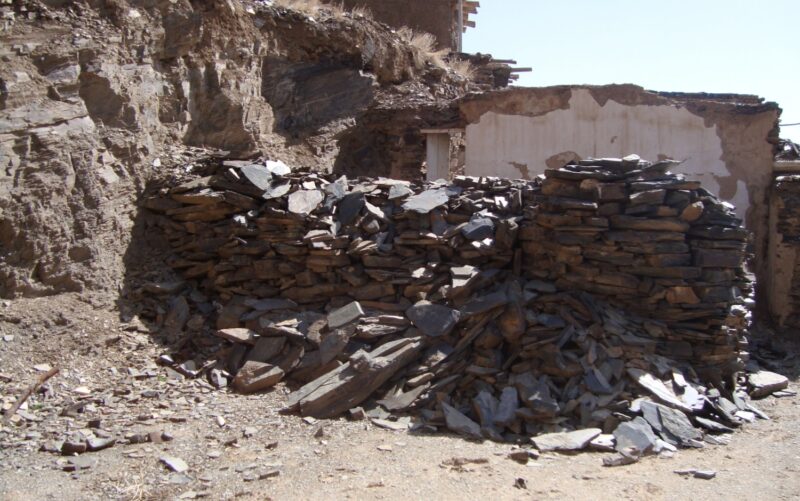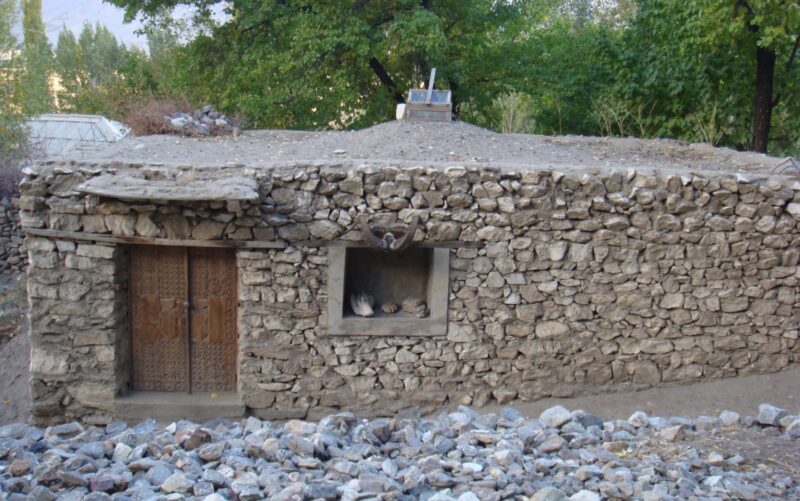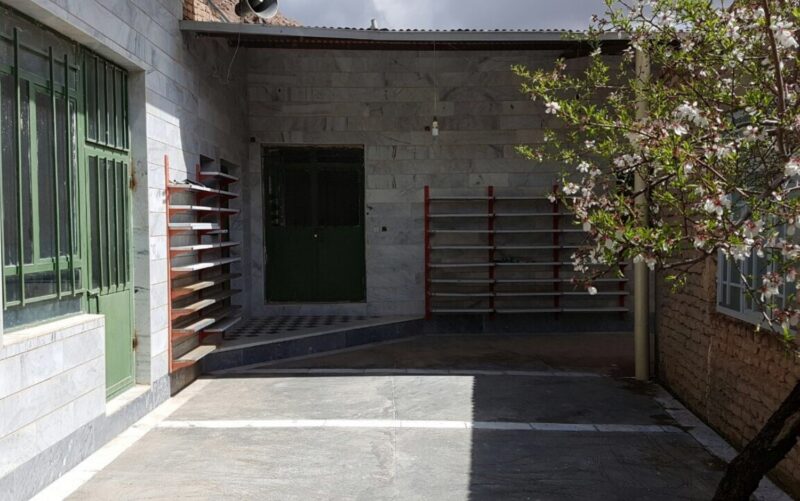Our work and progress
Over the last 10 years, IH has identified over 1720 Ismaili heritage sites across 59 countries around the world. Of these, we have documented over 1274 in 39 countries, and every year the project identifies additional sites to document.
Some of these sites are old, beloved, and familiar. Cities, castles, forts, mosques, mausolea, palaces, and universities are just a few examples of obvious relevance from our history, as are more recent Jamatkhanas, Darkhanas, and Ismaili Centres.
But many other sites are new, surprising, and unexpected, and still hold meaning and significance for us today. Shrines, parks and gardens, bridges, procession routes, and diplomatic sites are a few examples.
And these are in addition to the sites that constitute all the various buildings and institutions of The Aga Khan Development Network (AKDNThe Aga Khan Development Network (AKDN) is a contemporary endeavour of the Ismaili Imamat to realise the ethics and social conscience of Islam through institutional action. More), such as hospitals, schools, newsrooms, factories, and infrastructure projects, and the enormity of the vital work they do across so many fields of human endeavour.
All these sites show us how the IsmailisAdherents of a branch of Shi’i Islam that considers Ismail, the eldest son of the Shi’i Imam Jaʿfar al-Ṣādiq (d. 765), as his successor., as Shiʿas, as Muslims, have made and continue to make a difference to where, when, and how the community live, work, and create.
Our impact
At IIS, the work of the Ismaili Heritage project led directly to the publication of Farhad Daftary’s The Ismaili Imams: A Biographical History in 2020.
IH’s research and documentation work will feature increasingly in:
- IIS’s teaching and the Ta’lim curriculum
- Al Ummah and Global Encounters programmes
- Conservation and adaptive reuse of historic Ismaili sites
- Heritage tours
- New books, brochures, pamphlets, blogs, and newsletters

